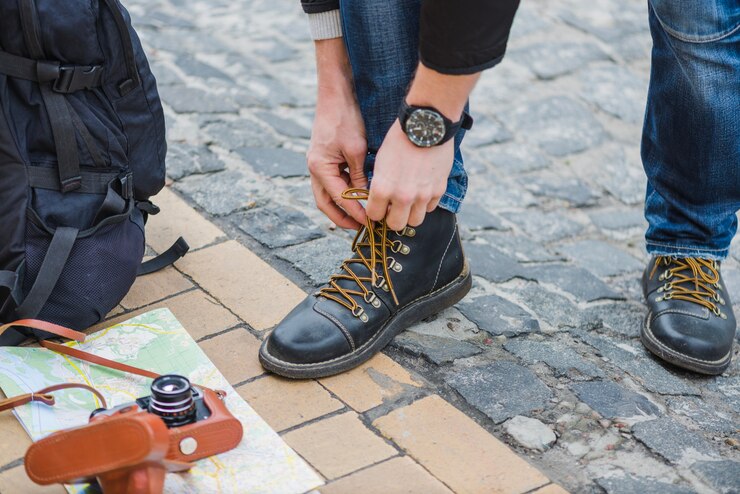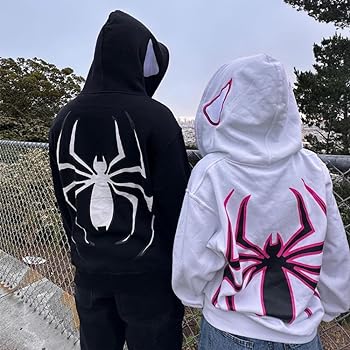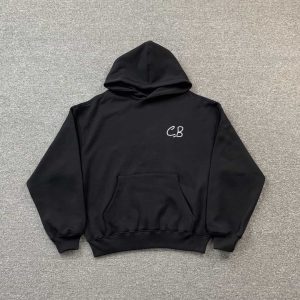When it comes to footwear, many people underestimate the importance of choosing the right shoe laces. Nonetheless, your choice of laces can significantly affect how good your shoes look and feel as well as their durability and usefulness. In this guide we explore different considerations when selecting appropriate shoe laces for your footwear such as material, length, style and special features like no-tie options.
Understanding Different Shoe Lace Materials
The material that makes up your lace will determine its life span and performance. Here are some common materials:
Cotton: Cotton is a popular choice for casual or dress shoes due to its softness and flexibility. These provide a classic look and are easy to tie but may wear out quickly if used heavily.
Nylon: For athletic shoes you need laces that won’t stretch or break easily which is why nylon is the go-to material in this situation. Moreover, they are light in weight thereby able to withstand intense activities.
Polyester: Polyester shoelaces have gained popularity because they do not stretch even when subjected under heavy loads; hence these types of materials are versatile enough to be used in boots as well as work shoes.
Leather: In many cases leather laces would add an elegant touch on dress shoes. They last long though sometimes it is difficult to tie them properly.
Choosing the Right Length
Different pairs of shoes come with distinct lengths of shoelaces which must be chosen carefully by considering both form and function. Below is a general guide:
27-30 inches: Suited for low-cut shoes with 2-4 eyelets like dress shoes.
36-45 inches: Ideal for sneakers including casual ones containing between 5-6 eyelets.
54-63 inches: Suitable for boots plus high-top shoes that contain 7 -8 eyelets
72 inches above: Intended for tall boots including other specialty footwears that have more than 9 eyelets.
To get the right length, count how many eyelets are on your shoes and think about what kind of lacing pattern you prefer.
Exploring Different Lacing Styles
The way you lace your shoes can affect how they fit, feel, and look. Some popular lacing styles include:
Criss-Cross Lacing: This is a simple type of lacing that works great for most shoe types.
Straight Lacing: For dress shoes and formal footwear, it presents a neater appearance.
Loop-Back Lacing: This is useful in running or hiking boots since it ensures the tightest possible fitting.
No-Tie Lacing: No tie laces prevent slipping off your feet while offering ease of use as well. To secure a snug fit without resorting to knotting these are ideal for individuals who desire convenience above everything else
Advantages of No-Tie Shoelaces
The popularity of flat no-tie shoelaces has increased considerably due to their convenience and versatility. The product is especially advantageous to kids, sportsmen and persons with various disabilities associated with mobility. Straight Laces is one such provider of high-quality no-tie shoelaces designed specifically for different types of footwear. They offer them in many colors and styles making them an option for someone looking to streamline their morning routine.
Matching Laces to Your Footwear
It’s important to choose shoe laces which blend well with the style as well as function of your shoes. Here are some tips:
Casual Shoes: Want something fun? Opt for colorful or patterned laces.
Dress Shoes: Go for thin, smooth strings in neutral hues like black, brown or navy blue.
Athletic Shoes: Get stretchy strong ones which would stay on during all fitness activities.
Boots: Finally if you have boots consider choosing tougher, wider lace material that can handle rugged conditions.
Conclusion
The right shoe laces are not just about choosing a color. This means that by considering factors like the material, length, style and special features like no tie options we also can improve the look of our shoes and enhance their performance. Whether you seek traditional laces or cutting-edge no-tie alternatives, such as those from firms like Straight Laces, there’s a wide range of top-notch solutions to fit your requirements.
FAQs
-
How can I know the correct length of shoelaces?
Use your current laces to measure or consider the number of eyelets in your shoes to accurately gauge this. You may consult with length guidelines based on type of shoe and number of eyelets.
-
What are the advantages of using non-tying shoelaces?
No-tie laces offer convenience, ease of use, and a secure fit without having to deal with knots. They are tailor-made for individuals living fast-paced lives or with mobility challenges.
-
Can leather laces be used for informal shoes?
Although leather laces can make casual shoes look fashionable they might need more attention than other types; moreover these materials can be difficult to manage when it comes to tying them up.




